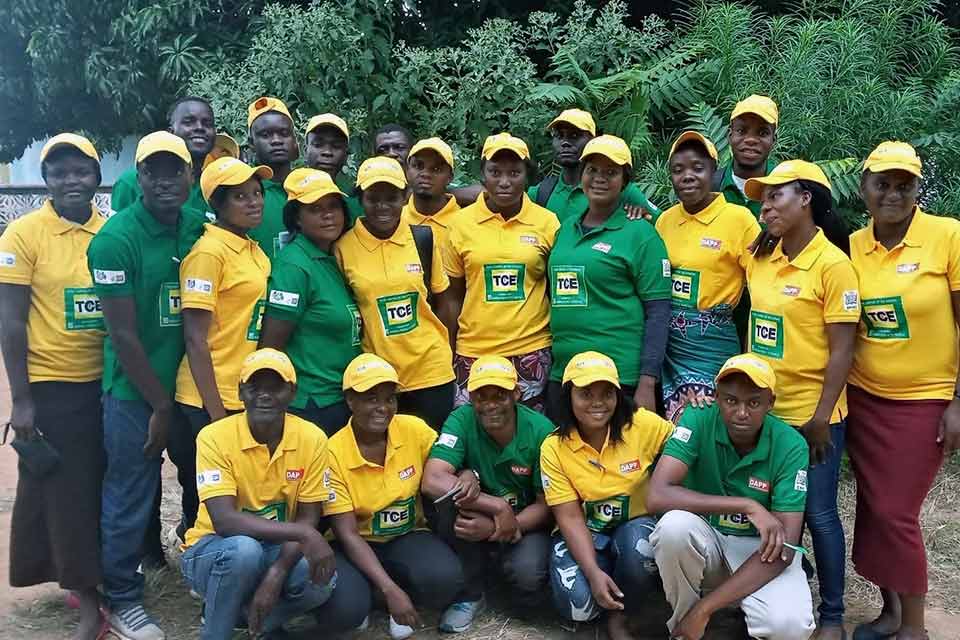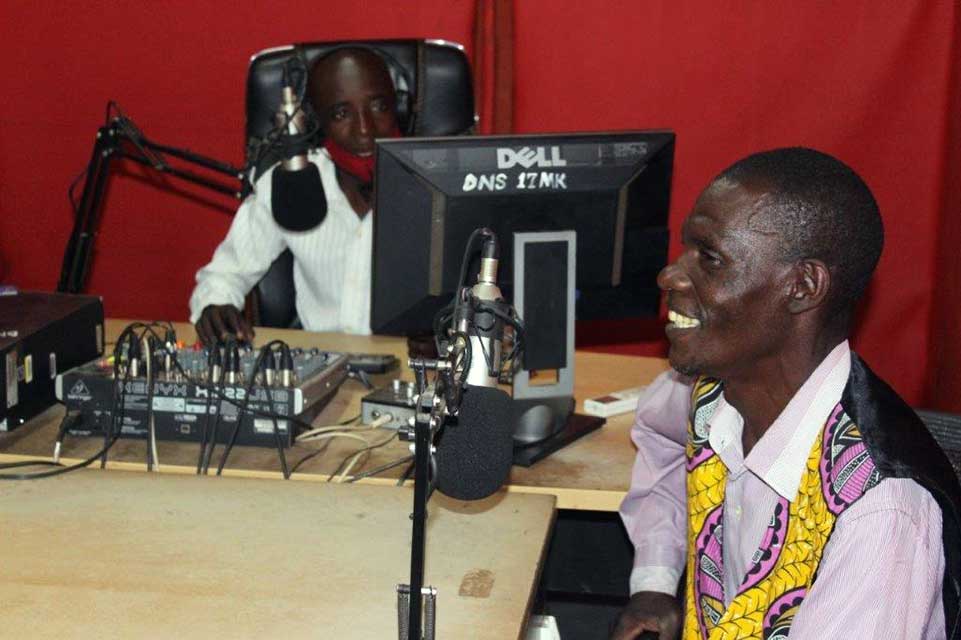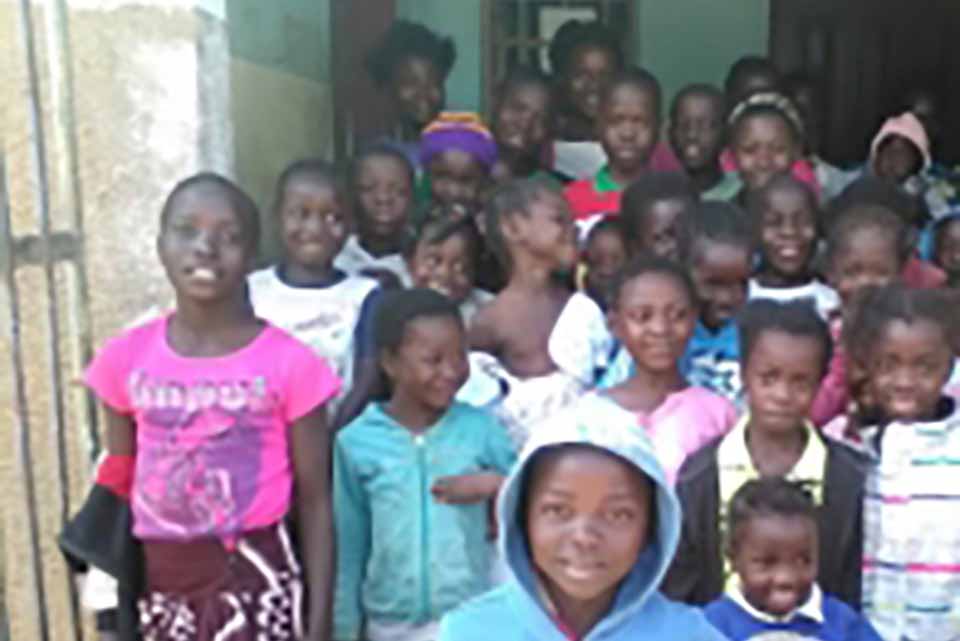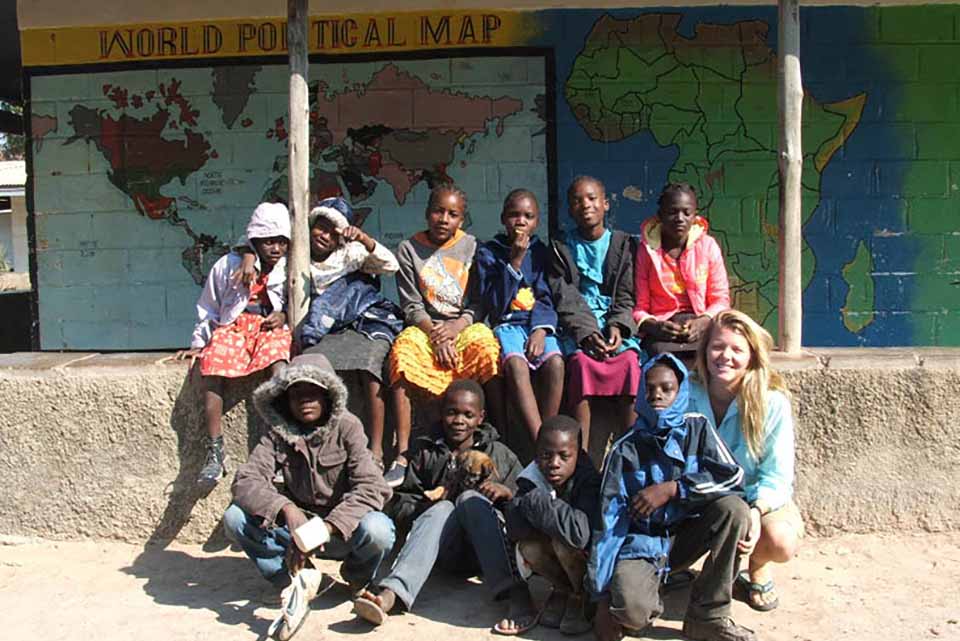Total Control of the Epidemic 2020
2021-02-24
The DAPP Total Control of the Epidemic (TCE) Project is youth led and youth focused.
- It works in the communities of 475 health facility catchment areas in 40 districts
- TCE has the approach to empower people at-risk (amongst adolescents, youth, young men and women) to take control of their own health by making informed decisions to reduce their vulnerability to HIV/ AIDS, decide to know their HIV status and start treatment if HIV positive
- TCE supports key populations, mobile and migrant populations with standardized and evidence-based prevention interventions
- TCE helps pregnant and new mothers to protect themselves and their babies from contracting HIV
- Local leaders and community structures are mobilizing people, giving awareness and support to those in need. TCE helps people living with HIV to come back or stay on treatment and continue to group together to support each other to fetch the drugs and adhere to treatment
- TCE reports to and supports the health facilities to run Youth friendly corners and keep good records to be able to give the right services in time
THESE ARE THE 5 PARTNERSHIPS TO MAKE DAPP WORK FOR HIV EPIDEMIC CONTROL:
- Centers for Disease Control and Prevention, the project is in year 1 of 5 years. Implemented in 158 Health facility catchment areas in Lusaka and Southern province, 6 districts: Lusaka Capital City, Mazabuka, Monze, Choma, Kalomo and Livingstone districts. Also supported by Southern Province Health Office
- Ministry of Health in Eastern province: In year 3. The project is implemented in 100 health facility catchment areas in all 14 districts of the province
- Ministry of Health in Lusaka province: In year 2. The project is implemented in 38 health facility catchment areas in 4 districts: Lusaka – Chawama zone, Chongwe, Chilanga and Kafue districts
- Ministry of Health in Southern province: In year 2. The project is implemented in 110 health facility catchment areas in remaining 7 districts: Namwala, Chikankata, Siavonga, Pemba, Zimba, Sinazongwe and Kazungula
- Ministry of Health in Western province: In year 3. The project is implemented in 69 health facility catchment areas in 5 districts: Mulobezi, Sesheke, Senanga, Kaoma and Nkeyema

TCE WORK FOCUS AREAS IN SHORT:
- Community HIV Prevention and Case Identification:
- Index Testing as the main contribution to total new positives
- Finding men & other populations left behind, also using community posts
- Reaching key populations using social networking with PrEP and testing
- Reaching Adolescents Girls and Young Women using social networking with PrEP and testing
- HIV-Exposed Infants Tracing and Testing
- Reaching Orphans and Vulnerable Children
- Screening for Tuberculosis, sputum collection and referral to treatment
- Book men for Voluntary Medical Male Circumcision
- Refer women living with HIV for Cervical cancer screening
- Retention of clients in Care and Treatment:
- Prompt follow up of clients missing appointments for them to restart treatment
- Community Differentiated Care Models; this includes TRIO (treatment support groups) and Community ART Groups
RESULTS DURING YEAR 2020, MOSTLY FROM 18 DISTRICTS:
60086
People were tested for HIV
17794
People who were tested HIV Positive (didn’t know their status) and 97% of them have started on ARV treatment
18321
People went for Medical Male Circumcision
3330
Persons started using HIV prevention in form of Pre-Exposure Prophylaxis
14565
Newly tested HIV positive formed a mini adherence support groups
23874
Persons were brough back to care/treatment
2419734
Condoms were distributed


